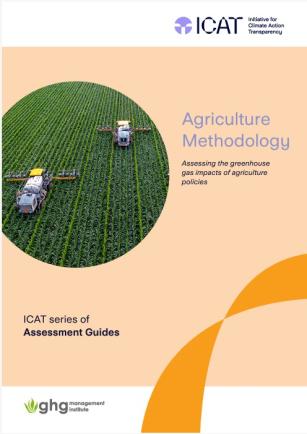Agriculture drives our societies and economies, but agricultural practices are also important factors in driving in-country GHG emissions. Climate-conscious agricultural policies represent a large opportunity for countries to reduce their emissions.
The guide is designed to help with the assessment of the impact of policies designed to reduce greenhouse gas emissions from the agricultural sector. It is relevant to all countries and regions, and applicable to agricultural policies – whether planned, adopted or implemented – at the national, subnational or municipal level.
The guide can be used to:
- Inform and improve policy design and implementation
- Inform goal setting and track progress
- Help gather information for reporting, including under the Paris Agreement’s enhanced transparency framework
- Help attract finance by demonstrating effective policies
- Understand the capacity needed to implement policy activities.
Agricultural systems are inherently complex and highly variable, being influenced by both natural events and human actions. The guide tackles this complexity by setting out a logical, step-by-step approach to estimating the impacts of agriculture policies on greenhouse gas emissions. It includes comprehensive consideration of major agricultural emission sources (including livestock, fertilizer management, soil carbon pools and rice cultivation) and mitigation measures (for example, improving feed quality for dairy cattle; transitioning to reduced-till or no-till practices; adopting dry seeding in rice cultivation).
